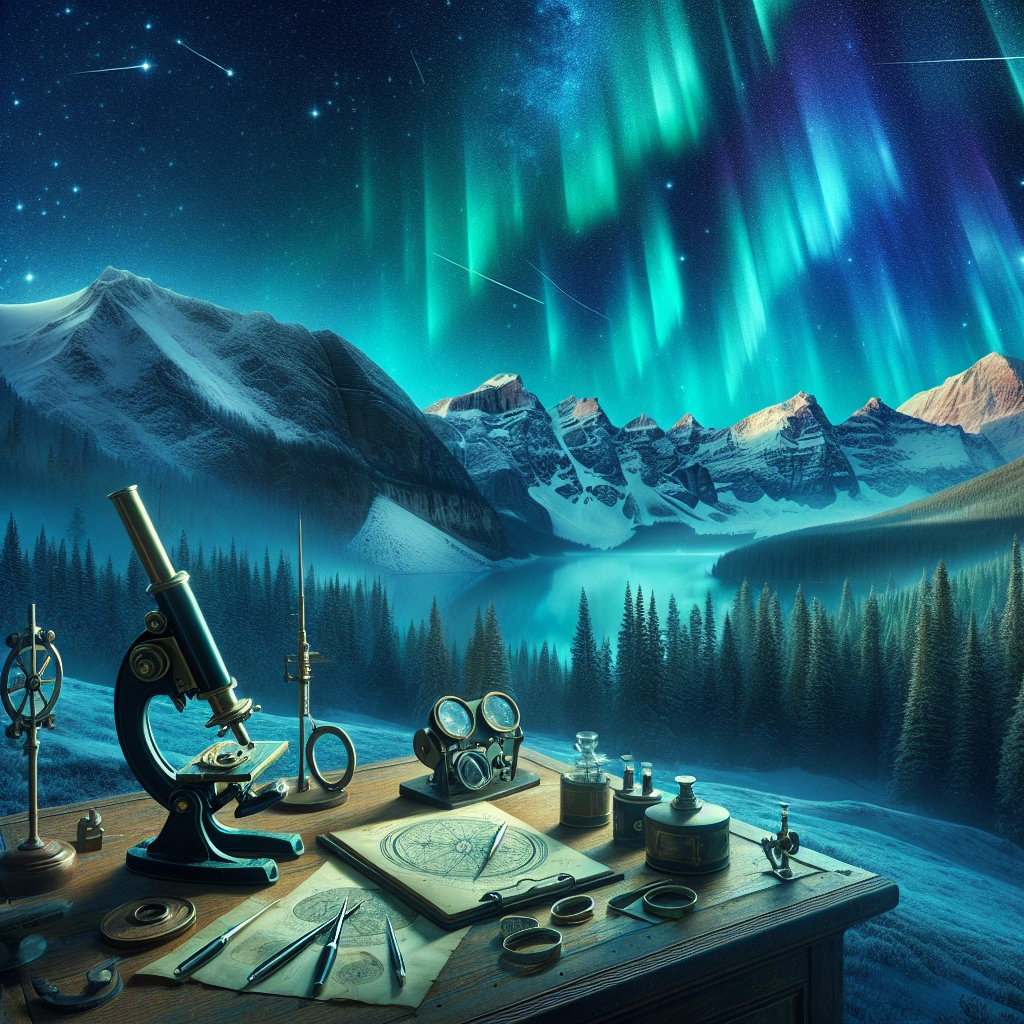
- Published on
- Authors

- Name
- ric de yuga 😄
🌌 Understanding Recent Widespread Visibility of the Northern Lights
🌠 Personal Reflections and First Impressions
When I first heard about the recent widespread visibility of the northern lights, my initial thoughts were clouded with worry. I found myself thinking, “I hope solar flares don't disrupt our communication systems or interfere with our WiFi.” Another thought that crossed my mind was the fear of global warming exacerbating natural phenomena, making me anxious about the future.
However, I soon realized how little I knew about this fascinating phenomenon. For all I knew, it could even be aliens shooting love beams our way, a whimsical reminder that sometimes, uncertain situations deserve a more positive outlook. This shift in perspective reminded me of a fundamental principle in quantum mechanics: perception creates reality. The way we choose to view the world can influence our experience of it.
🌞 Increased Solar Activity and Its Impact
This curious notion drove me to delve deeper into understanding the northern lights and the science behind their recent visibility far from the poles. Here’s what I discovered:
Solar Cycles and Solar Activity
The northern lights, or aurora borealis, have recently been visible much farther south than usual. This is due to increased solar activity, which is part of the natural solar cycle.
Solar Cycles:
- 11-Year Cycle: The sun undergoes an approximately 11-year cycle of solar activity, consisting of the solar minimum and solar maximum.
- Solar Maximum: This peak period of solar activity is marked by an increased number of sunspots, solar flares, and coronal mass ejections (CMEs).
Solar Flares and CMEs:
- Solar Flares: Sudden eruptions of energy on the solar surface, caused by the release of magnetic energy stored in the Sun’s atmosphere.
- Coronal Mass Ejections (CMEs): Significant releases of plasma and magnetic field from the solar corona, often following solar flares or sunspot eruptions.
🌠 How Solar Activity Causes Auroras
The auroras are created by interactions between solar particles and Earth's magnetic field. Here’s how:
Solar Wind:
- Definition: A stream of charged particles released from the sun’s corona.
- Interaction with Earth's Magnetosphere: These particles interact with the magnetosphere, energizing particles trapped within it.
Geomagnetic Storms:
- Magnetic Reconnection: Occurs when the solar wind’s magnetic field aligns oppositely to Earth’s, injecting energy into the magnetosphere.
- Auroral Oval: The ring-like region around the geomagnetic poles where auroras typically occur. During strong geomagnetic storms, this oval expands to lower latitudes.
Atmospheric Interactions:
- Particle Collisions: Energized particles from the magnetosphere collide with atmospheric gases, causing them to emit light and create the aurora.
🔮 Predicting Auroras
Space weather forecasting involves monitoring solar activity and geomagnetic conditions:
Space Weather Monitoring:
- Solar Observatories: Satellites like the Solar and Heliospheric Observatory (SOHO) and the Solar Dynamics Observatory (SDO) monitor the sun for solar flares and CMEs.
- Solar Wind Measurements: Instruments like the Advanced Composition Explorer (ACE) measure solar wind properties.
Geomagnetic Storm Predictions:
- NOAA’s Space Weather Prediction Center (SWPC): Provides forecasts based on solar observations and models.
- Kp Index: A scale from 0 to 9 that quantifies geomagnetic activity, with higher values indicating stronger storms.
Aurora Forecast Tools:
- Aurora Forecast Websites and Apps: Provide real-time updates and predictions on auroral activity.
- Auroral Oval Models: Show the current and predicted extent of the auroral oval based on geomagnetic activity.
🛠️ Observing Auroras
To observe auroras, consider the following tips:
Optimal Viewing Conditions:
- Dark Skies: Seek locations far from city lights to avoid light pollution.
- Clear Weather: Ensure there is minimal cloud cover.
- Timing: Auroras are most visible during the night, particularly around midnight.
Photography Tips:
- Camera Settings: Use a camera with manual settings, a wide-angle lens, and a tripod. Set a high ISO, wide aperture, and long exposure time.
- Focusing: Manually focus to infinity for sharp images.
🌌 Conclusion
Reflecting on my initial thoughts and subsequent research, I realized that our perceptions can often cloud our understanding of complex phenomena. The recent widespread visibility of the northern lights is a testament to the dynamic relationship between the sun and Earth, driven by increased solar activity and geomagnetic storms. Understanding solar cycles, space weather monitoring, and geomagnetic storm forecasting allows us to predict and observe these spectacular displays.
As we continue to explore the wonders of our universe, let us remember that even in the face of uncertainty, adopting a positive perspective can lead to deeper insights and a greater appreciation of the natural world. Perhaps the notion of "aliens shooting love beams" serves as a gentle reminder to approach the unknown with curiosity and optimism.
